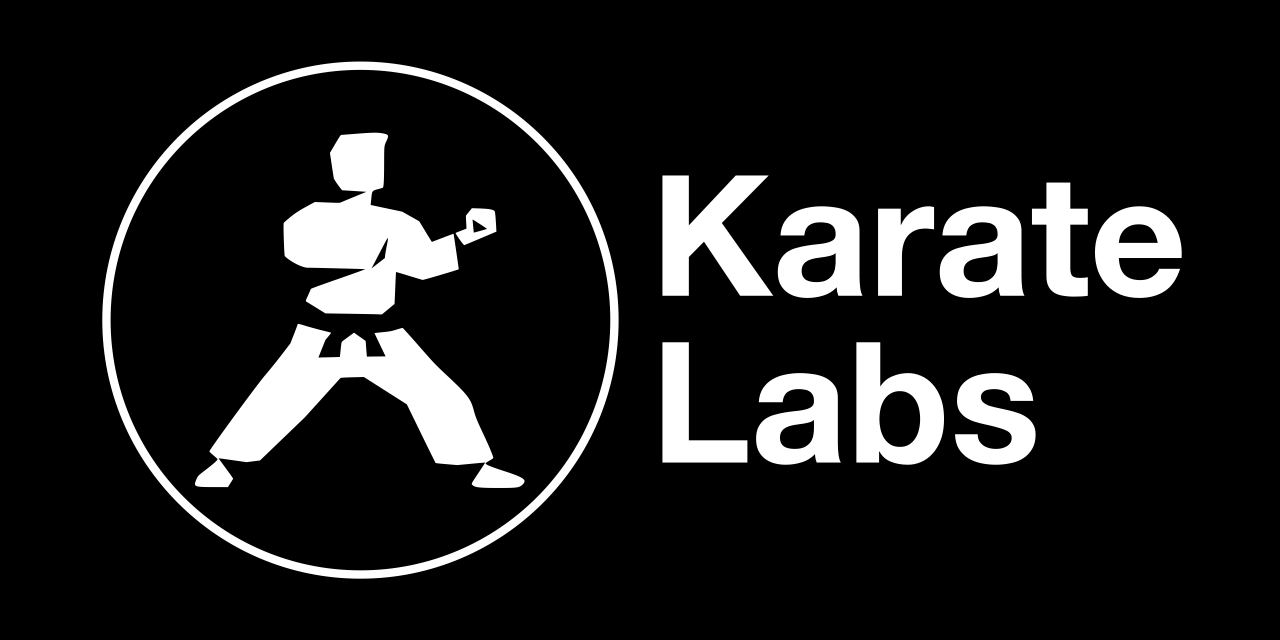-
-
Notifications
You must be signed in to change notification settings - Fork 2k
1.3.0 Upgrade Guide
A big thanks to @jonkeys089 who contributed this after exploring various commercial and open-source tools. Here are the highlights (in his own words):
Some of the issues we encountered using external screenshot comparison services include:
- Difficulty sharing a single set of baseline images across feature branches (e.g. developers working on different features will run into failures until their updates can be included in the set of baseline images)
- Hosted services are limiting for remote developers (e.g. it isn't possible to run screenshot comparisons without a fast, reliable internet connection)
- Hosted services have inherent limitations (e.g. limited number of screenshots with costly overage penalties when using commercial services or single-threaded performance using an OSS solution locally)
The solution:
- Run screenshot comparisons in realtime as we take them (even when running multi-threaded tests)
- Define comparison settings inline with the tests where the screenshots are taken
- Review comparison results and modify screenshot settings directly in the Karate reports
- Check-in baseline screenshots and comparison configs with the tests (e.g. so developers could make updates in feature branches independent of other branches)
Karate now has a compareImage keyword and the corresponding karate.compareImage() JS API.
Refer to ( this video TODO ) for how to use the HTML UI in the Karate report to inspect, configure and update the screenshots.
This is a big deal, achieved after upgrading Graal to version 22.0.
Advanced users of Karate may have run into some edge cases when trying to pass a JavaScript function to called feature files, especially when callonce and karate.callSingle() are involved and tests are run in parallel.
These issues were mostly solved in 1.1.0 and 1.2.0, but a few rare cases were still reported.
This issue is finally resolved along with some code clean-up and we are back to how things were in v0.9.X. You can freely pass JS functions all over the place.
This specifically solves for retrieving a given header while ignoring the case. While Karate already had support for this in simple match statements and via the configure lowerCaseResponseHeaders option, there were advanced use-cases that required more control. You can find more details here. Here is an example:
karate.response.header('content-type').
This also makes mock request routing based on headers much easier, for e.g. karate.request.header('foo') == 'bar'.
This is an alternate option for those who want to write more complicated mocks and opens up a lot of possibilities. The "server side" JS API is simple, clean and designed to even serve dynamic HTML.
Refer to this documentation for more: Karate JavaScript Mocks.
See the new @setup life-cycle described below.
This is an important change that adds a new life-cycle to scenarios. There is a description and discussion here. The updated documentation can be found here.
The highlights are:
- adds a way for data to be set-up before a
Scenariostarts - the focus is on returning data, so no "global" state modifications are allowed, which keeps things simple
- this was introduced specifically to make it easier to setup a JSON array (or function) for Dynamic Scenario Outlines
- so you can think of this as a scenario that acts as a "background" for a
Scenario Outline(but can also be called from anyScenario) - the Dynamic Scenario Outline had an inconsistency, which is that the
Backgroundwas only run once, but with this change, theBackgroundwill run before everyScenariowhether it is- a normal
Scenario - a row from a fixed set of
Examples:in a "normal"Scenario Outline: - or a row generated at runtime by a dynamic
Scenario Outline:<-- this is the breaking change
- a normal
Here is a diff of what to expect. In most cases, where you were using a Background to "drive" a dynamic Scenario Outline, the change is to use a Scenario tagged with @setup instead.

For details, see: https://github.com/karatelabs/karate/issues/2009#issuecomment-1228632313
This is a breaking change, but the pattern for editing your existing tests is quite straightforward. Here below is a before-and-after:

- the
socket.listen(5000)call has to be replaced with* listen 5000- where 5000 (here just an example) is the timeout in milliseconds - the magic-variable
listenResultholds the result of the captured websocket message - more details are in the docs: https://github.com/karatelabs/karate/tree/develop#websocket
1.3.0 will be the last release of Karate that allows for usage of Java 8. From 1.4.0 onwards, Karate will have a minimum requirement of Java 11. Please comment here if you have any concerns.
